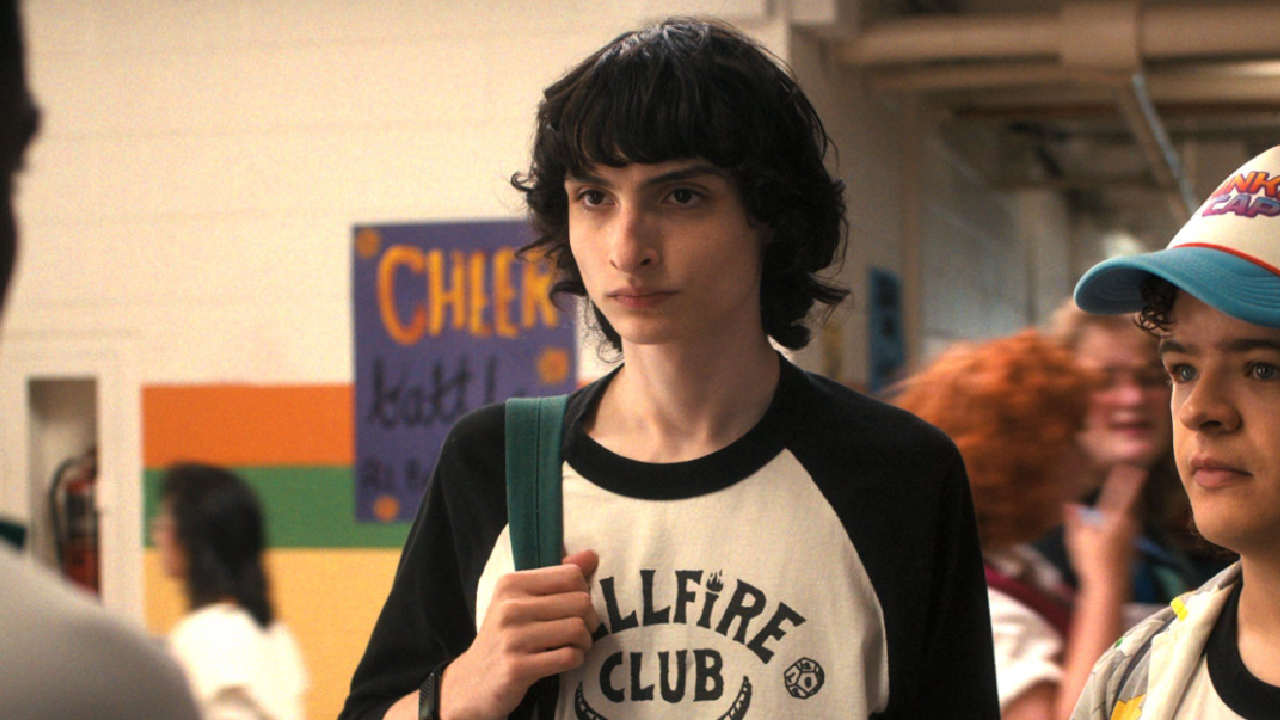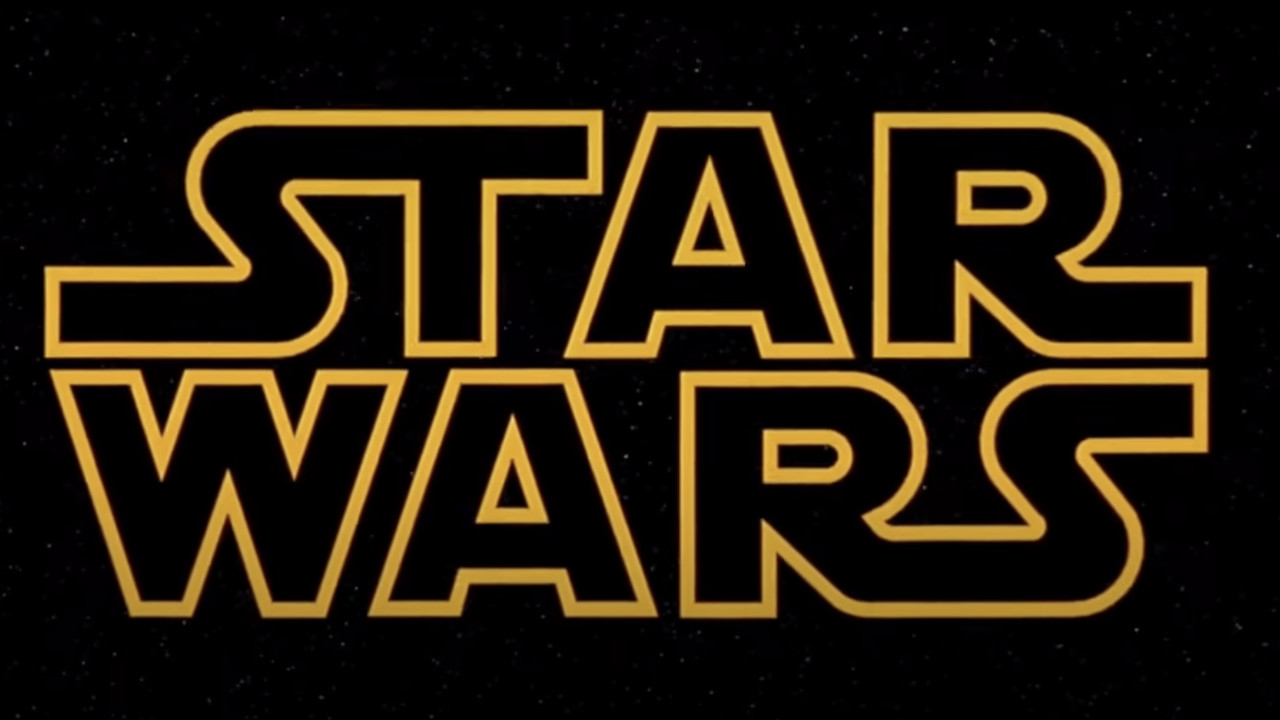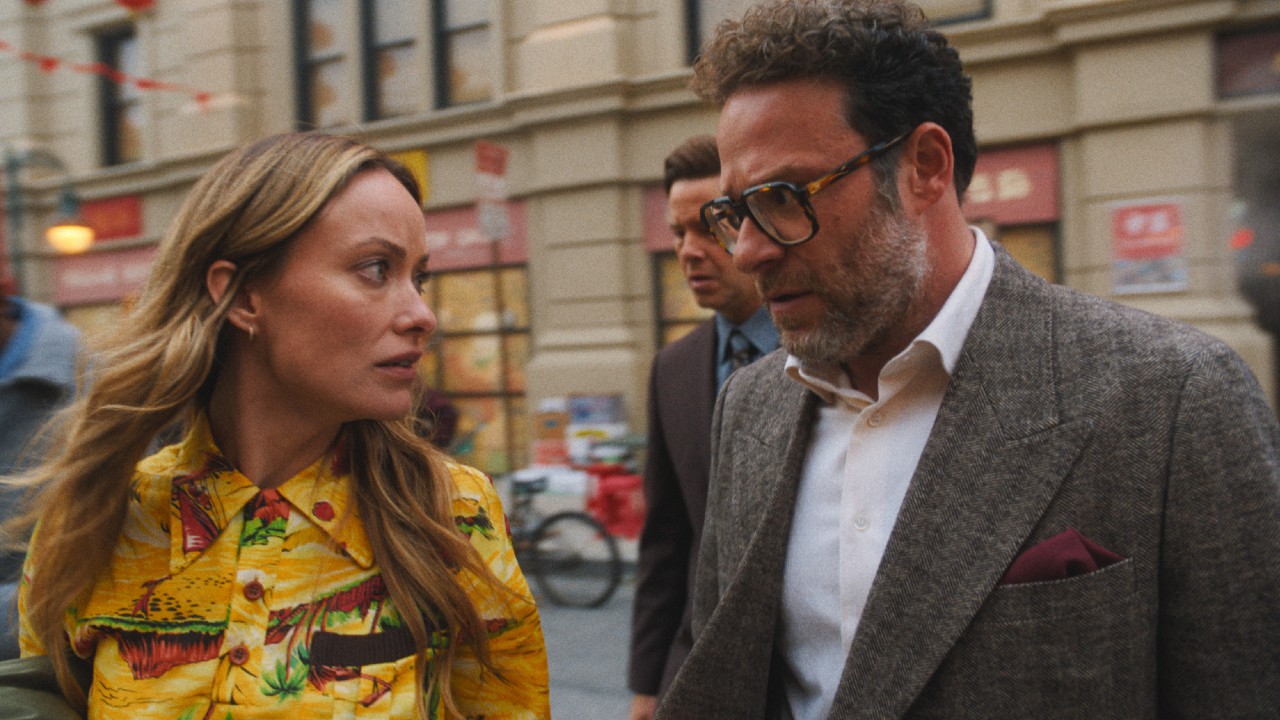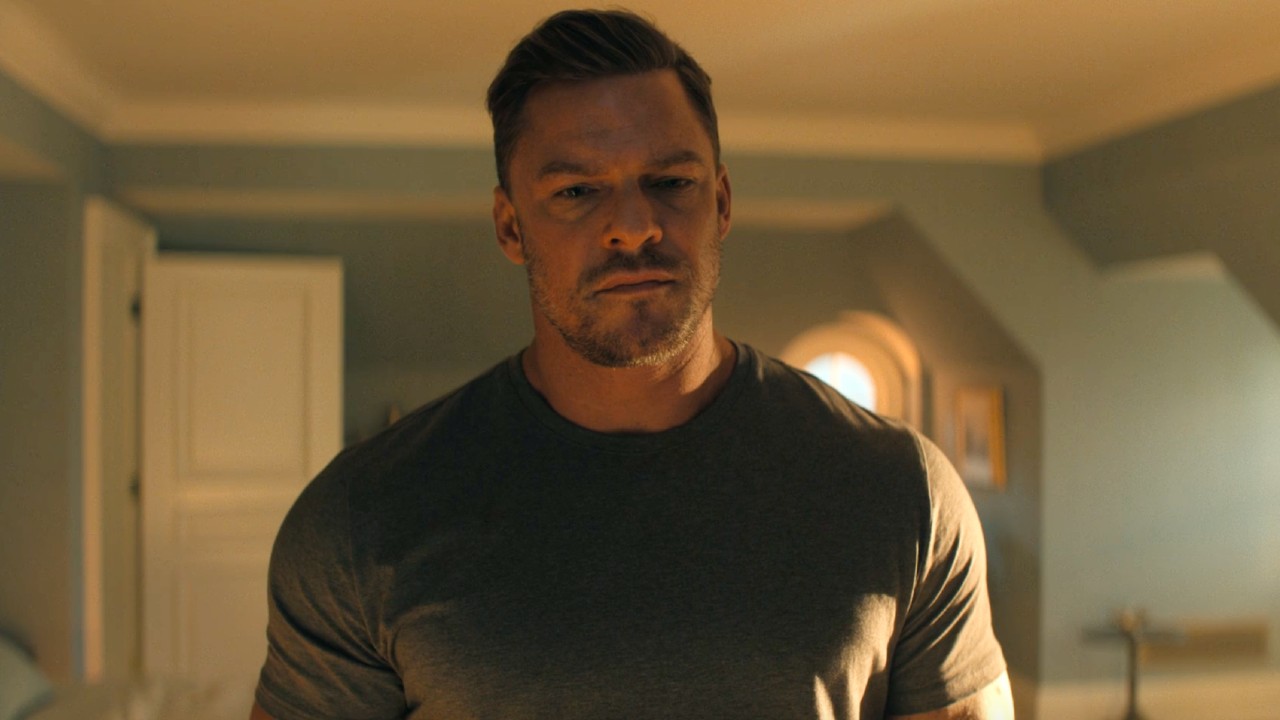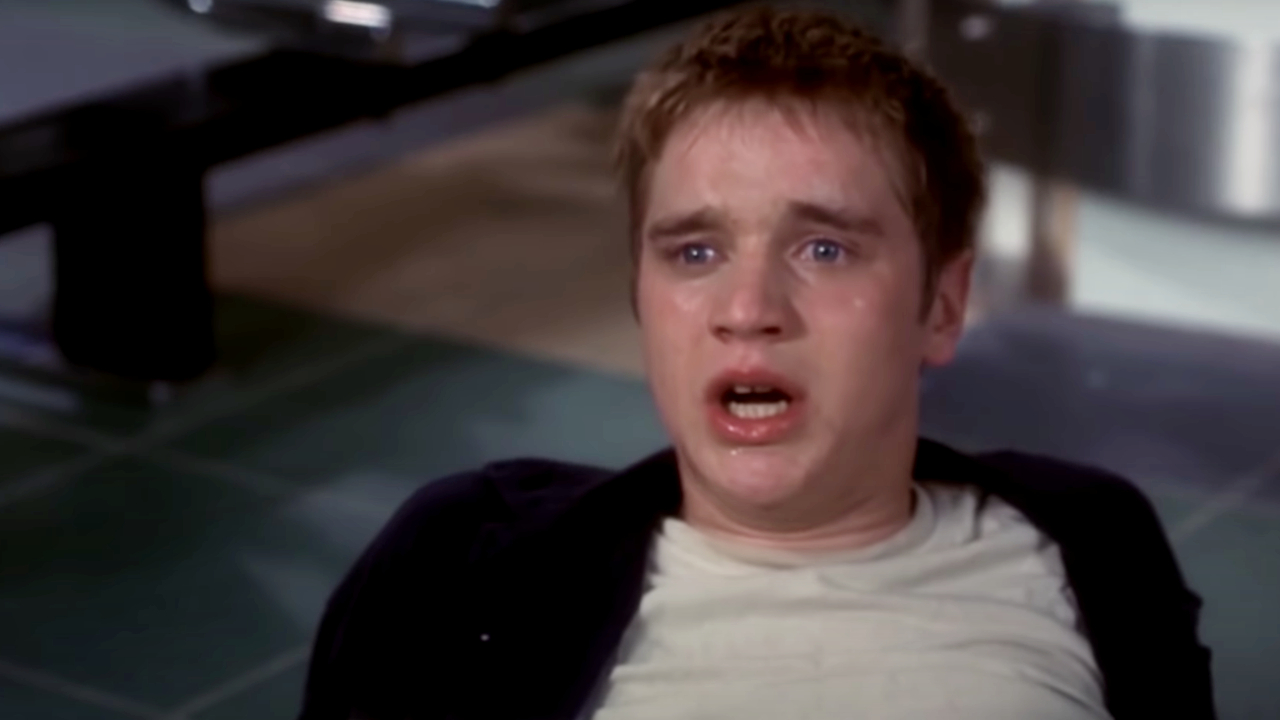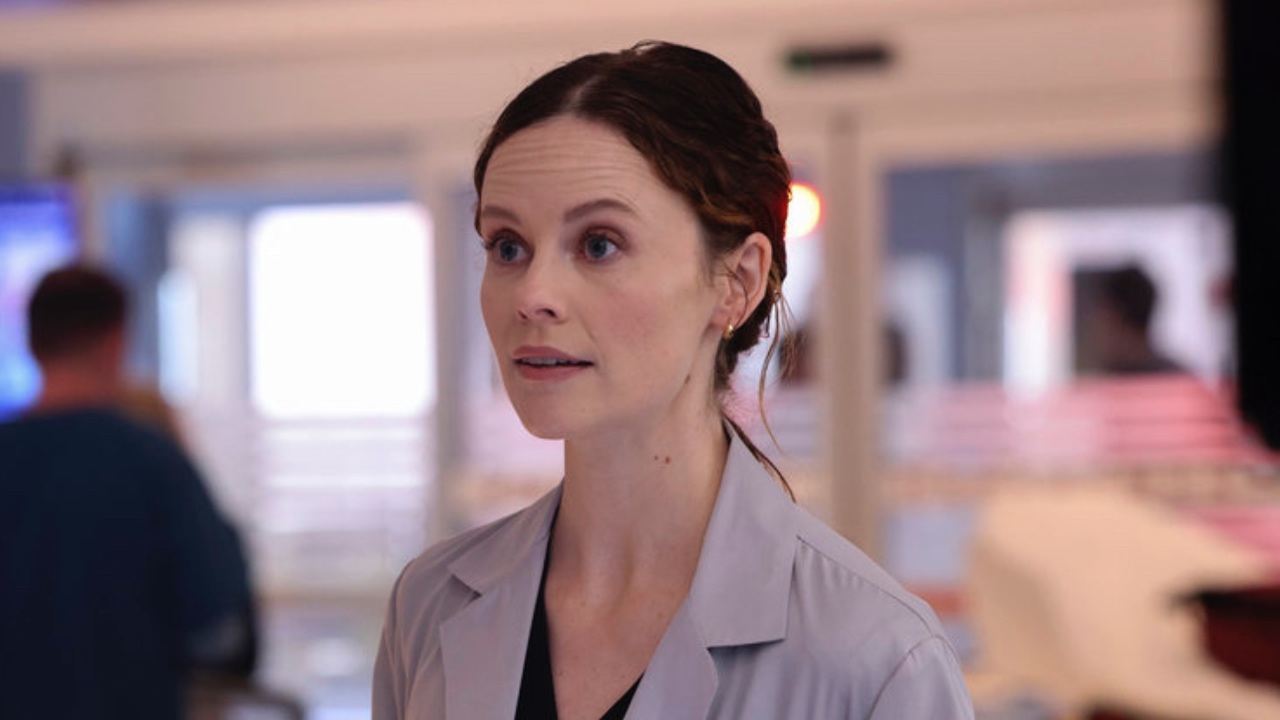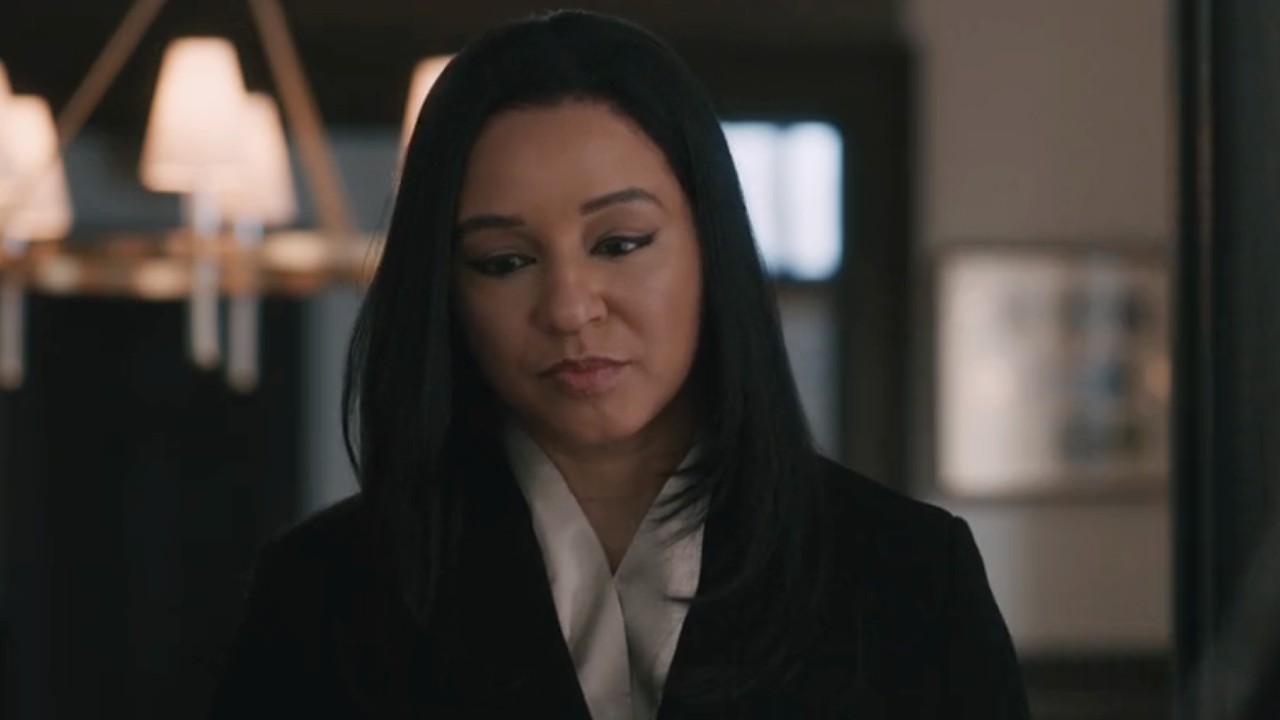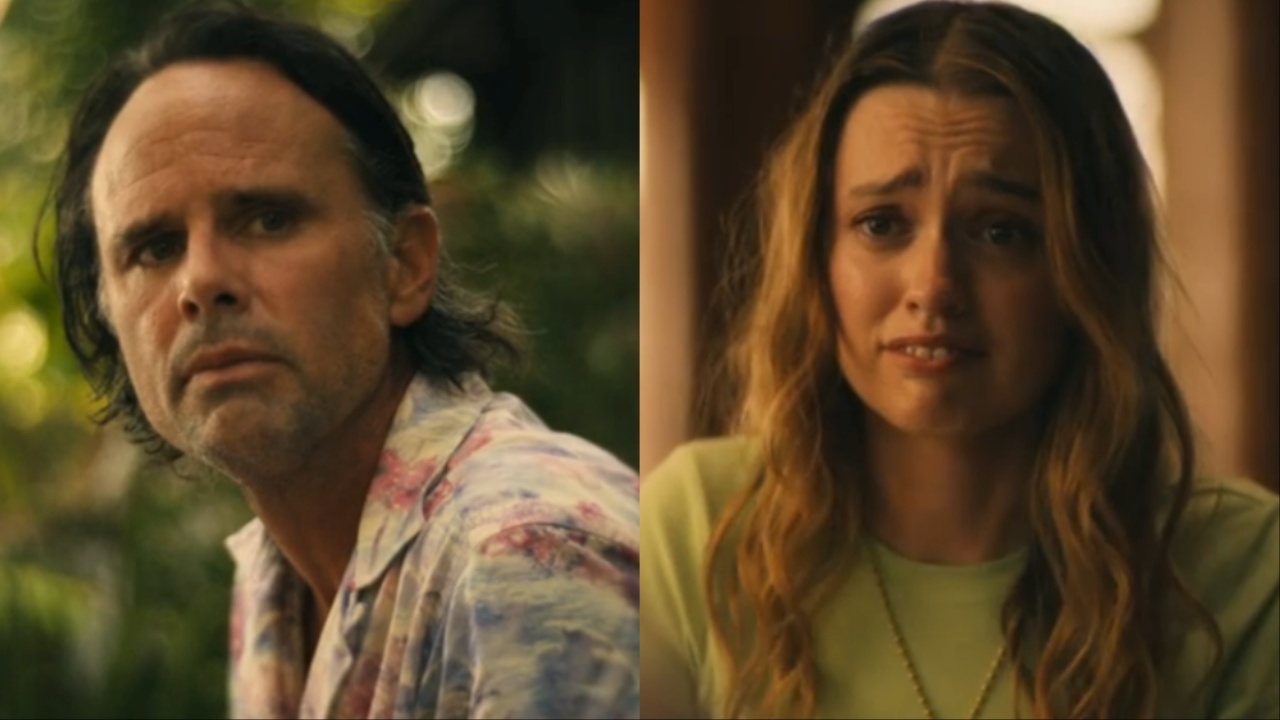The Long-Term Movie Attendance Graph Is Really, Really Depressing
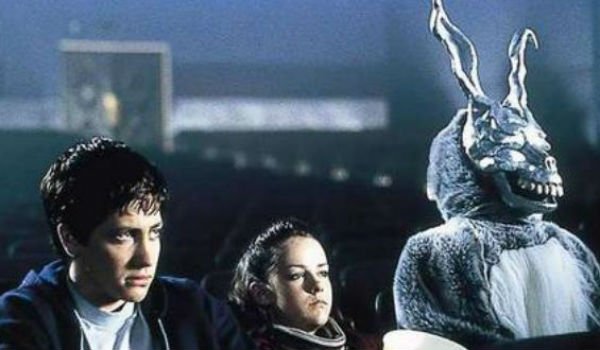
This week the numbers for 2014 movie attendance came in, and they don’t look so great. Less and less people are going out to the movies, and the number of moviegoers hit a record low this year in North America, the lowest it has been in two decades. But, unfortunately low attendance has become almost expected in our modern age. When you take a look at this long-term movie attendance graph it becomes all too clear.
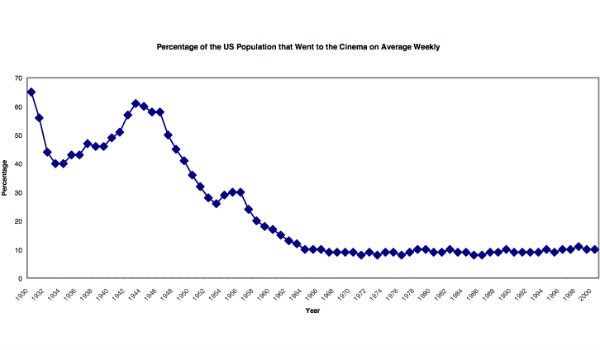
The graph shows a steady percentage below 10% of the U.S. population that averaged going to the movies weekly since around 1964. But before that point in time, there was still a good amount of people going to the movies. In 1930, more than 65% of the population went to the movies weekly. That means that for every 5 people you knew, 3 of them went to the movies weekly. Can you even imagine that?
It’s definitely not without reason. I mean realistically, not many people can afford going to the movies once a week these days. According to CBS, back in 1964, a couple could go out on a date to see a movie for $1.86. That same date today would cost $29. And that’s back when movie attendance first reached below 10% weekly attendance. How do you go up from there? We’ve discussed it before, but money plays a huge factor in going out to the movies. The average costs of catching a flick have been pretty high, especially as of late, with IMAX and 3D films skewing the numbers. Also, because theaters aren’t making the money they used to (and most of that ticket cost doesn’t go to them) they have to mark-up the price of concessions—seriously mark-up.
But also, that high attendance back in the 1930s shown on the graph, is at that height for a major reason. It was called The Great Depression, and movies played an important role in keeping people going. There’s a famous quote from a 1979 paper entitled, "From the Crash to the Fair The Public Theatre" that reads:
"Throughout most of the Depression, Americans went assiduously, devotedly, almost compulsively, to the movies…the movies offered a chance to escape the cold, the heat, and loneliness; they brought strangers together, rubbing elbows in the dark of movie palaces and fleapits, sharing in the one social event available to everyone."
So, though it would be nice to see more people going to the theaters nowadays, we can’t expect it to ever be up at the level it was in the 1930s, and we kind of hope not. There was a desperation to get out to the movies because it was the only escape people had. And today less people are out in the theaters because there are more forms of entertainment at home, whether it be streaming movies through VOD, or subscription-based platforms such as Netflix and HBO Go. There are even people who have their own in-home movie theaters.
Overall, the movie attendance graph is pretty depressing though. And with the steady decline, and the stand-still since the mid 1960s, it doesn’t look like it will change anytime soon.
CINEMABLEND NEWSLETTER
Your Daily Blend of Entertainment News
